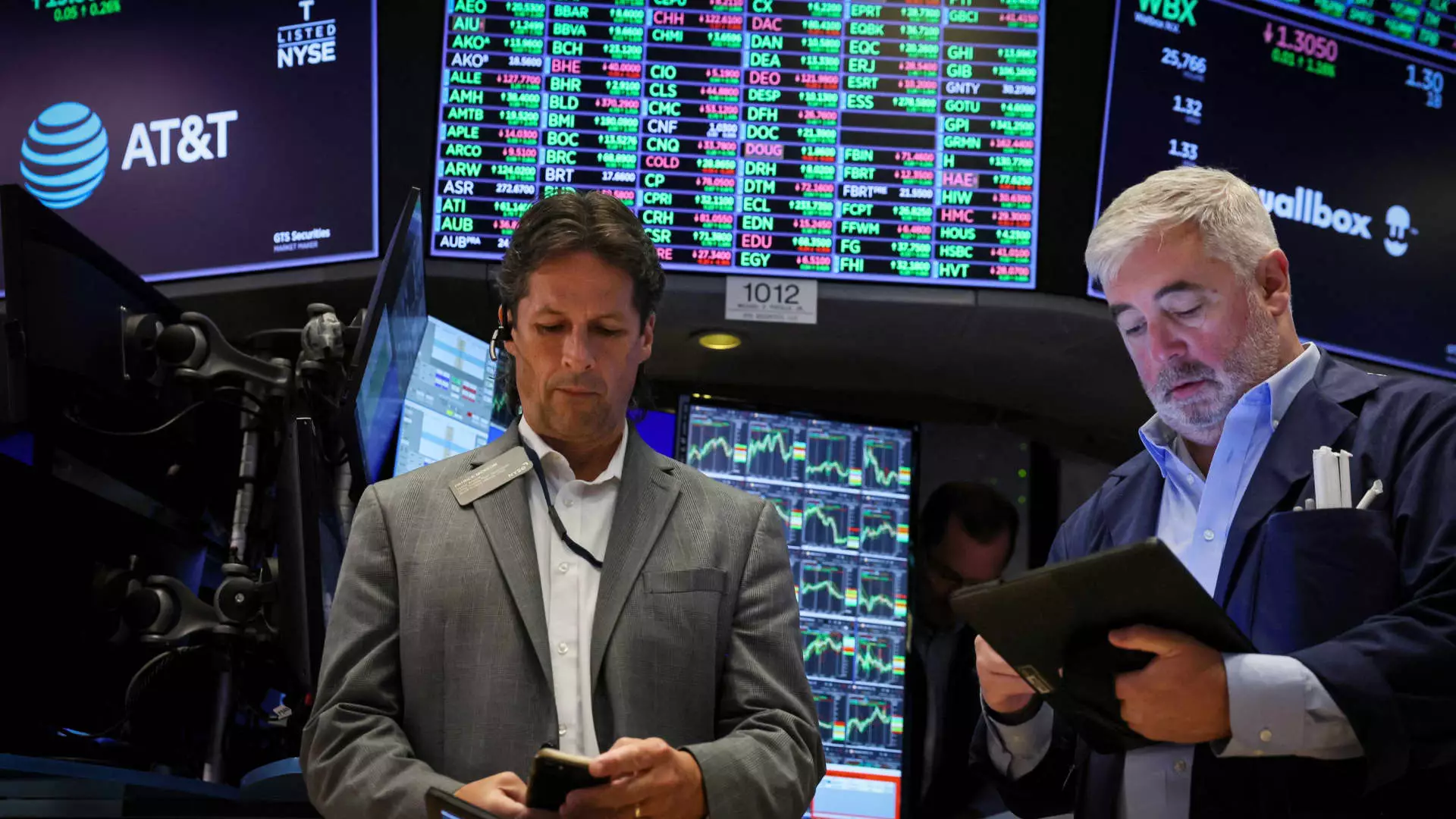The stock market had a turbulent week, with the S&P 500 experiencing a violent rout on Monday. The Dow Jones Industrial Average saw a significant drop, losing 1,000 points, while the S&P 500 had its worst day since 2022, plummeting by 3%. This sudden decline was triggered by disappointing U.S. payrolls data from the prior week and concerns that the Federal Reserve was late with rate cuts. Additionally, the unwinding of a popular currency trade by hedge funds added to the downward pressure on the market.
Despite the gloomy start to the week, the major averages staged an impressive comeback. Thursday saw a surge in the stock market, with the S&P 500 jumping by 2.3%, the Dow soaring roughly 683 points, and the Nasdaq Composite adding nearly 2.9%. This encouraging performance helped alleviate investors’ concerns about the U.S. economy and put the major averages on the brink of turning positive for the week.
At the beginning of the week, the S&P 500 was down nearly 10% from its recent all-time high, while the Nasdaq Composite entered correction territory with a pullback of more than 10%. The Cboe Volatility Index, a measure of fear on Wall Street, reached levels last seen during the Covid-19 pandemic and the Great Financial Crisis. However, investors remained confident that another crisis or recession was not imminent, prompting them to buy the dip and support the market.
The sharp fluctuations in the market were attributed to hedge funds unwinding a long-standing bet on a cheap Japanese yen, rather than underlying threats to the economy. Infrastructure Capital Advisors CEO Jay Hatfield noted that much of the sell-off was driven by a “hedge fund theme” rather than longer-term investors, emphasizing that the recent market activity did not alter his long-term outlook. According to Hatfield, the volatility witnessed in August and September is typical of thin markets, wild behavior by hedge funds, and irrational price movements.
The stock market’s rollercoaster week highlighted the resilience and unpredictability of financial markets. Despite initial fears and sharp declines on Monday, the major averages managed to stage a remarkable recovery, driven by positive economic data and investor confidence. The market’s ability to bounce back from significant losses underscores the importance of staying informed, remaining cautious, and focusing on the long-term outlook rather than short-term fluctuations. As the market continues to navigate through volatile periods, it is essential for investors to exercise patience, diversify their portfolios, and seek guidance from financial experts to make informed decisions.

Leave a Reply